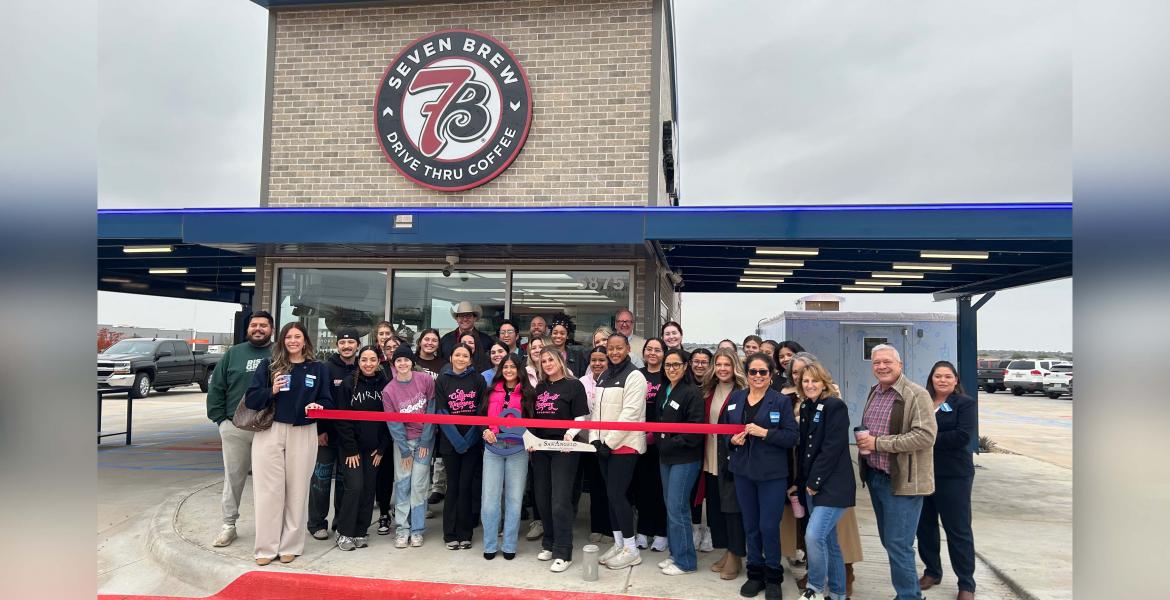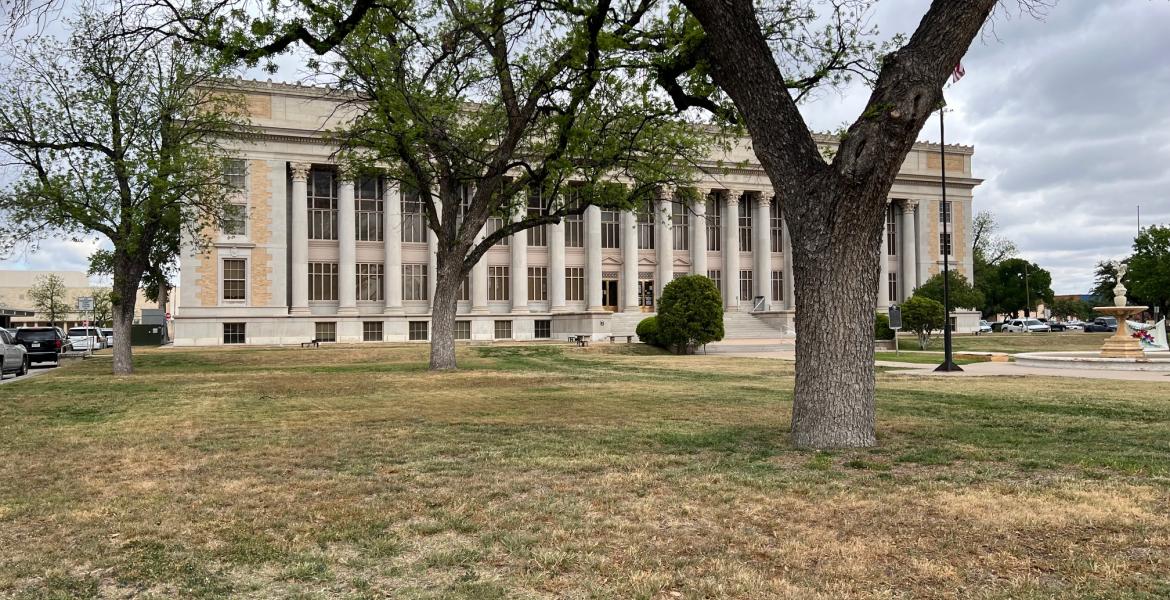Bill Riley, director of Water Utilities for the City of San Angelo, clarified Monday the importance of the Water Waste Reuse Project, or water reclamation, and the capital investment required. At a town hall meeting earlier this month hosted by Councilwoman (SMD5) Elizabeth Grindstaff, Riley faced what some saw as a torrent of opposition from citizens. Riley said he was faced with many very good questions pertaining to the safety and cost of building such a plant.
The main concern voiced by the residents of San Angelo is paying for this project. There is a $136 million price tag.
The city increased water rates substantially on January 1, 2016, and many believe the pitch for a new water treatment plant will mean more water rate increases down the road.
When asked why the water rates increased the first time, Riley explained the process.
“An interesting part about water conservation is, selling water funds the water utility," Riley said. “The rates are based on the cost of providing service that includes all operations and capital costs for new water supplies, improvements, and rehabilitation. When water demand began to drop (because of conservation), the revenue dropped also, and so the utility was in a pretty bad financial position. Had something not been done, there would have been some drastic changes in overall operations.”
These factors led the city council to raise the water rates to account for lower demand and the need for additional water supplies.
The City Council also took into consideration what needs to be done to get a project like the Wastewater Reuse Project started and what additional costs will be in the future—the most significant being any water supply project being considered to date.
“That was folded into the whole program over five years," Riley explained. "There will be a rate increase each year for the next five years; again, included in that is money towards retiring the debt for a $136 million project.”
In other words, the new water rates incorporate enough cash flow to the water enterprise fund to finance a large water infrastructure project through debt instruments like bonds.
Other large water infrastructure projects are being considered for comparison. Riley said that wastewater reclamation is one of a few options being seriously considered.
“We never stop looking for alternatives. Every day we are searching for (new water sources) not only to meet our immediate needs, but also our long term needs,” Riley explained. “My obligation to this city is not a specific project, but to find a project to find water, and at the best deal we can get,”
Because San Angelo is a dry city, it is difficult to circumvent water shortages brought on by a drought. With a focus of securing more water supplies, the council keeps looking for ways to address this with an eye on drought resistance. San Angelo is required by law to stay within the parameters set by the EPA and the TCEQ for drinking water cleanliness and safety, Riley said.
“Drinking water standards are regulations that EPA sets to control the level of contaminants in the nation's drinking water. The regulations also require water monitoring schedules and methods to measure contaminants in water,” as stated on the EPA.gov homepage.
“We have not, at any time, found ourselves not following the federal and state guidelines," Riley said. “All of our supplies meet the state and federal drinking standards.”
Citizens have also raised concerns over medical waste in wastewater reclamation projects. Riley is certain that modern science and strict monitoring procedures will keep the water safe.
“As reuse projects have become more prevalent, more of a possibility, more of a need, obviously the science has kept pace with that by developing strategies to make sure that the water is safe,” Riley said. “We do need to feel certain that if we pursue this project that it is safe.”
With these projects, Riley said it’s important to have a strong engineering team leading the production. Dr. Ellen McDonald, Alan Plummer Associates Inc, has been hired to assist with the project.
“She is one of the country’s leading experts in wastewater reuse and lead the effort to create the guidance document for the State of Texas, for both indirect and direct Potable reuse projects,” stated Riley. “Those technologies have been developed, and the process will remove virtually everything.”
Through reverse osmosis, the wastewater will essentially become pure H20 after the waste, including pharmaceuticals, is removed and chlorine is added. If any pathogen did make it through the reverse osmosis stage, then a second cleaning process occurs to burn out anything else in the water.
“If anything made it through, there is an ultra violet and peroxide oxidation process that the water goes through after it comes out of reverse osmosis," Riley described. "At that point, it eliminates anything else that might be in there.”
This project is expected to bring 7 to 9 million gallons of water to Tom Green County per day, said Dwain Morrison, San Angelo's Mayor. Morrison was referring to the daily flow through the wastewater plant today.
The City of San Angelo's City Council has not yet approved the $136 million capital investment for the new wastewater reclamation plant, but they did approve a $1.2 million pilot study that is anticipated to be online by the end of the month.
Right now, the City is examining options.
Subscribe to the LIVE! Daily
Required






Post a comment to this article here: